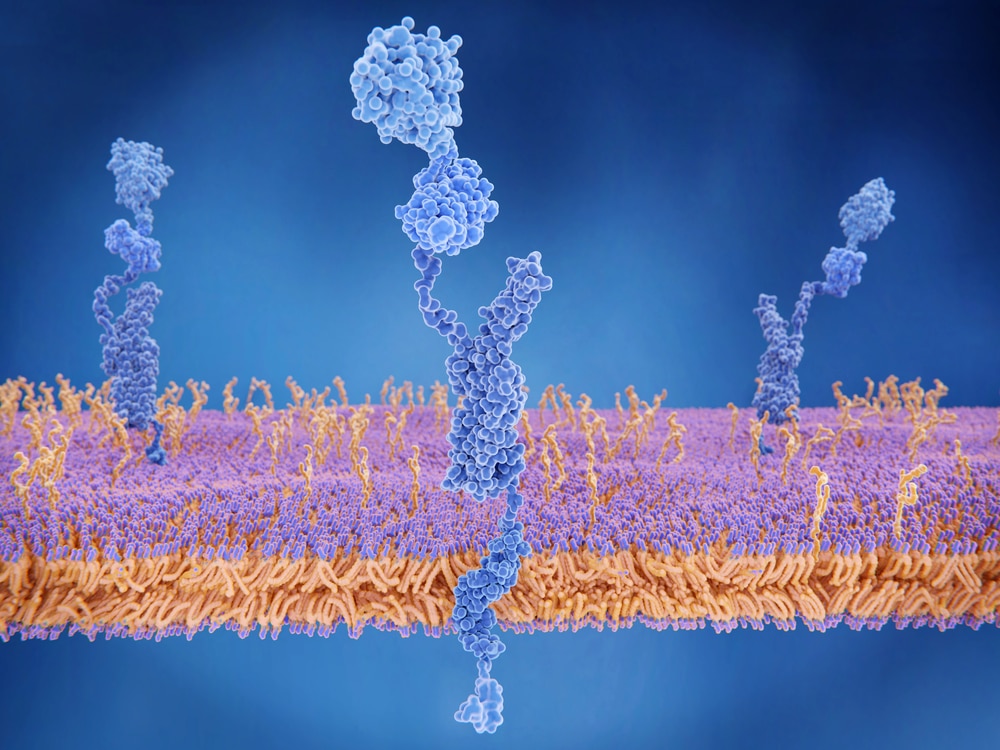Found in many tissues, the amyloid precursor protein, or APP, is most widely known for its role in Alzheimer’s disease. But while scientists are intimately familiar with the protein’s role in the development of Alzheimer’s disease, its contributions to healthy brain function remain widely undocumented. A recent study from a research team at the University of Heidelberg could change that precedent. The study, cited in Science Daily, uses a mouse model to explore key physiological functions of the APP protein family. Interestingly enough, the absence of the so-called “Alzheimer protein” during brain development resulted in brain malformations – which could have far-reaching impacts on the scientific community’s understanding of APP as a whole.
How Does APP Contribute to Alzheimer’s Disease?
As explained in Science Daily, Alzheimer’s disease is triggered by insoluble protein deposits in the brain, which eventually form damaging plaques. We know that those plaques contain large quantities of small-amyloid peptides, which Science Daily describes as a “cleavage product of the amyloid precursor protein.” Those A peptides are what damage the nerve cells, causing the progression of Alzheimer’s disease. But, per the study, most nerve cells in the brain produce APP – as well as two other closely related proteins, known as APLP1 and APLP2. Nerve cells in critical regions for learning and memory formation produce these proteins – so why don’t we all have Alzheimer’s disease? According to the researchers, APP also has a vital effect on healthy brain function.
Studying the Alzheimer Protein
An international team, led by molecular biologist Dr. Ulrike Müller from Heidelberg University, set out to study the positive nature of APP. Science Daily explains that the researchers used a mouse model to further understand the physiological functions of the APP protein family. To accomplish this, the researchers studied a designated mouse model that was genetically engineered to block the production of APP family proteins during brain development. Ultimately, the researchers found that the mice lacking APP experienced severe impairments in brain regions that involve learning and memory, leading the mice to exhibit “autistic-like behavior.”
APP and the Hippocampus
Why, exactly, did the lack of APP contribute to aberrant behavior in the mice involved in the study? The researchers found that the loss of APP during brain development led to “malformations in the layered structure of the hippocampus.” The hippocampus is a major hub for memory formation in the brain. Thus, a compromised hippocampus would lead to compromised cognitive functioning.
“We observed that the absence of APP led to impaired neuronal wiring and a decrease in the number of synaptic connections,” Heidelberg researcher Ulrike Müller said in Science Daily. “It also greatly reduced communication between nerve cells and severely affected the animal’s performance in behavior tests that assess learning.”
This finding had significant consequences on a behavioral level, leading the mice to perform extremely poorly on tests for learning and memory. The affected mice also “exhibited core autism-like behaviors,” including a series of repetitive behaviors, reduced social communication, and generally impaired social interaction. Thus, scientists were able to conclude that the APP family plays an essential role during development, encouraging physiological hippocampal function and promoting learning and social behavior.
Implications of the Study
While the study involved several more general revelations about APP family proteins, the researchers were reportedly surprised to discover the link between a lack of APP and behavioral changes similar to those occurring in autism spectrum disorder. “Our findings suggest that the APP family plays a crucial role in the normal development of the nervous system, learning, memory formation, and social communication,” Müller explained. “In the future, these understandings may aid the development of novel therapeutics for Alzheimer’s disease.”
_____
Ultimately, the researchers involved in the study found that, while APP certainly plays a role in exacerbating Alzheimer’s disease, the protein is also a key component of the healthy brain. Given its status as an “Alzheimer protein,” APP could be key to developing novel therapies for Alzheimer’s over time.
Scantox is a part of Scantox, a GLP/GCP-compliant contract research organization (CRO) delivering the highest grade of Discovery, Regulatory Toxicology and CMC/Analytical services since 1977. Scantox focuses on preclinical studies related to central nervous system (CNS) diseases, rare diseases, and mental disorders. With highly predictive disease models available on site and unparalleled preclinical experience, Scantox can handle most CNS drug development needs for biopharmaceutical companies of all sizes. For more information about Scantox, visit www.scantox.com.

